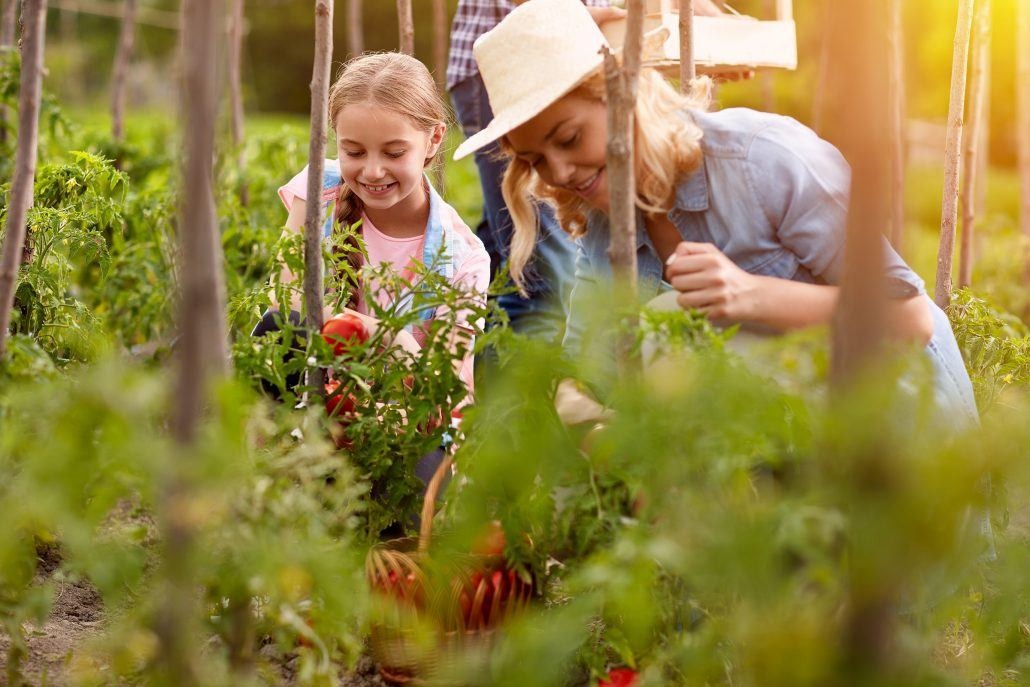6 Enchanting Ways to Celebrate Beltane with Your Kids and Connect with Nature
Beltane, celebrated annually on May 1st, is recognized as one of the four principal Celtic fire festivals, standing alongside Samhain, Imbolc, and Lughnasadh. Deeply rooted in ancient Gaelic culture, this seasonal observance occurs midway between the spring equinox and the summer solstice, a period symbolizing the earth’s transition into warmth, vitality, and abundance. Traditionally, Beltane is associated with themes of fertility, renewal, and the harmonious balance between earth and sky. The name itself is thought to derive from the Gaelic words “Bel”, meaning “bright” or “radiant,” and “teine”, meaning “fire.” Together, they reflect the significance of the “bright fire” rituals, where flames were lit to honor the life-giving strength of the sun and to bless the season’s prosperity.
Historically, Beltane involved bonfires, Maypole dancing, offerings to deities, and rituals for fertility and protection. Today, modern families are reviving these traditions in ways that are meaningful, safe, and accessible — even for children. Celebrating Beltane with kids offers a valuable chance to connect with nature, learn cultural history, and cultivate gratitude for the cycles of the earth.
Below are six enchanting and practical ways to celebrate Beltane with your children while honoring its rich heritage.
Making Flower Crowns – Honoring Fertility and Growth
Flowers have always been central to Beltane, representing fertility, beauty, and the blossoming of life. In ancient times, homes were decorated with greenery and flowers to invite prosperity and protection.
How families can adapt this tradition today:
- Collect seasonal flowers such as daisies, dandelions, or wildflowers during a walk.
- Weave them into simple crowns using string or flexible stems.
- Add ribbons in Beltane colors: green for nature, red for passion, yellow for the sun, and white for purity.
- Adding colorful ribbons is just the beginning—PVC Patches can take May Day-themed outfits to the next level.
- Blend natural charm with a personal touch. These patches can be customized to capture the spirit of the holiday: think tiny May Day poles, blooming flowers, sun motifs, or even children’s hand-drawn nature sketches.
- Choose comfortable, flexible PVC in a size that fits your jacket or backpack, and a color scheme that matches the May Day theme (green, red, yellow, and white) for a cohesive look.
- Custom patches can liven up simple outfits and add a touch of festive flair.
Children not only enjoy the craft, but also learn to recognize seasonal plants and appreciate their symbolism. Flower crowns can be worn during storytelling, dancing, or family meals to keep the Beltane spirit alive.
Dancing Around a Maypole – Symbol of Unity
The Maypole dance is one of the most iconic Beltane traditions. Historically, communities erected tall wooden poles decorated with ribbons and flowers, symbolizing vitality and the weaving together of community bonds.
Family-friendly version:
- Use a garden pole, tree branch, or even a broomstick as a Maypole.
- Secure it in the ground or in a weighted base.
- Attach ribbons, each representing a family member, and let children dance in circles, weaving them together.
This activity teaches children the importance of cooperation, rhythm, and cultural history while giving them a playful way to celebrate.
Lighting a Beltane Fire or Candle – Embracing Renewal
Fire is at the heart of Beltane. In ancient times, large bonfires were lit on hills to honor the sun and encourage fertility of crops, animals, and people. People and livestock would walk between two fires for protection and blessing.
Modern adaptation for families:
- Light a small, safe fire in a fire pit, or use candles and lanterns if indoors.
- Explain the symbolic role of fire — warmth, protection, and renewal.
- Let each family member make a wish for the coming season while gazing at the flame.
This ritual introduces children to symbolism while giving them a sense of reverence for natural elements.
Nature Walks and Treasure Hunts – Connecting to the Earth
Beltane is a festival deeply tied to nature. Ancient communities relied on seasonal cycles for survival, so Beltane was also a celebration of the earth’s abundance.
Ways to practice with children:
- Take a walk in the forest, park, or garden.
- Encourage kids to find “Beltane treasures” such as leaves, feathers, stones, and petals.
- Teach them the significance of each item (flowers = growth, stones = grounding, feathers = air and freedom).
- Use these items to build a nature altar or mandala at home.
This activity not only deepens children’s respect for the environment but also reinforces ecological awareness and mindfulness.
Preparing a Seasonal Beltane Feast – Celebrating Abundance
Food has always been central to Beltane celebrations. Historically, communities shared meals of dairy, breads, fruits, and honey to symbolize fertility and prosperity.
Ideas for a family feast:
- Bake bread together and decorate it with floral patterns.
- Serve fresh fruit, especially strawberries and cherries, which symbolize passion and love.
- Incorporate honey, yogurt, or cheese as offerings to Beltane traditions.
Cooking and eating together fosters family bonding and teaches children about seasonal food traditions tied to cultural celebrations.
Storytelling and Folklore – Keeping Tradition Alive
Oral tradition was vital in Celtic culture, and Beltane carried many myths about deities, fairies, and seasonal spirits. It was said that on Beltane, the veil between the human world and the fairy realm was especially thin, making it a night of magic and wonder.
How families can practice this today:
- Read simplified Celtic myths about gods and goddesses associated with Beltane (such as the May Queen and Green Man).
- Create your own springtime fairy tales with your children as co-storytellers.
- Sing seasonal songs or recite poems about nature, renewal, and sunshine.
This nurtures imagination while introducing children to cultural folklore, keeping traditions alive in a way that resonates with young minds.
The Deeper Meaning of Celebrating Beltane with Children
Celebrating Beltane isn’t just about fun crafts and rituals — it’s about passing on values. By involving children in Beltane traditions, families teach respect for nature, gratitude for abundance, and the importance of community and creativity.
For kids, these activities are simple joys: making crowns, dancing, or telling stories. For parents, they are opportunities to root family life in seasonal awareness and strengthen bonds with both the natural world and each other.
Beltane is a reminder that we live in harmony with the cycles of the earth. By celebrating with your children, you plant seeds of wonder, respect, and joy that will grow with them into adulthood.
Final Reflection
The beauty of Beltane lies in its balance between tradition and renewal. Ancient communities celebrated with fire and fertility rituals, while modern families can adapt these customs into safe, child-friendly practices. From flower crowns to storytelling, each ritual carries deep symbolism and creates magical memories.
By celebrating Beltane with your children, you’re not only honoring an ancient festival — you’re teaching them the timeless lessons of connection, gratitude, and the enchantment of nature.






